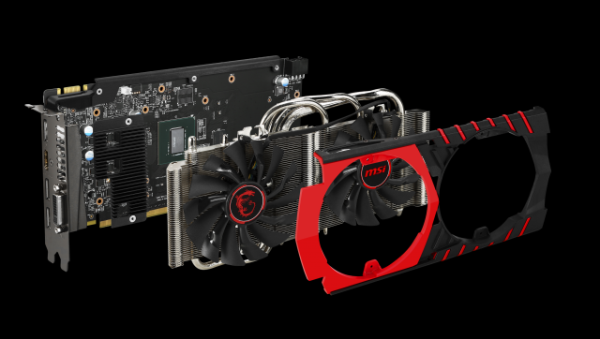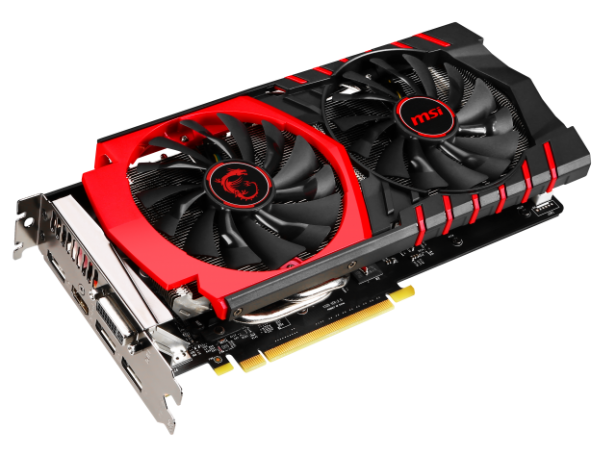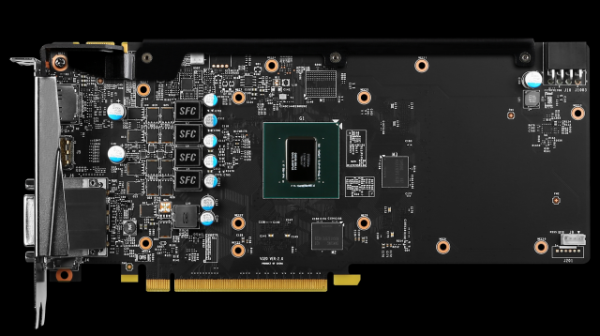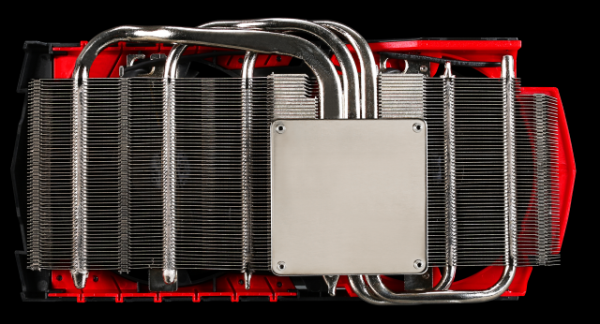Nvidia GeForce GTX 960 Review
Nvidia GeForce GTX 960
Nvidia's first mainstream Maxwell card aims to sate 1080p gamers

Sections
- Page 1 Nvidia GeForce GTX 960 Review
- Page 2 Battlefield 4, Bioshock Infinite, Crysis 3 and Batman: Arkham Origins performance Review
- Page 3 Metro: Last Light performance, Further Benchmarks and Other Things to Consider Review
Verdict
Pros
- Solid 1080p performance
- Low power consumption and temperatures
- Available in ITX and overclocked versions
Cons
- Surrounded by strong AMD competition
- Poor memory interface
Key Specifications
- Review Price: £160.00
- 1,127MHz core clock
- 1,753MHz 2GB GDDR5 memory
- 2.9 billion transistors
- 1,024 stream processors
- requires 1 x 6-pin power connector
- Manufacturer: AMD
What is the Nvidia GeForce GTX 960?
The second generation of Nvidia’s Maxwell hardware arrived with the high-end GTX 980 and GTX 970 cards back in September, but it’s taken until now for mainstream parts to arrive. That’s where the GTX 960 comes in; it’s designed for 1080p gaming, and its £160 price is far more palatable than its high-end stablemates.
This card also has plenty of competition. AMD has a pair of mid-range parts that have been made more tempting because of recent price drops. There’s the Radeon R9 285, which is ten pounds cheaper than Nvidia’s latest card, and the R9 280X that now starts at £175.
SEE ALSO: The Best FPS Games
Nvidia GeForce GTX 960: Under the Hood
Maxwell is all about achieving better performance while cutting power consumption. Nvidia has done this by rearranging its stream processors – the parts that do the heavy lifting inside a GPU core.
Nvidia has long arranged these processors into blocks called streaming multiprocessors, which are then crammed inside larger structures called Graphics Processing Clusters (GPCs). Cards from Nvidia’s previous generation had 192 stream processors inside each multiprocessor, but that figure has now been cut down to 128. Each multiprocessor now has its own scheduling hardware, and the new card has double the number of geometry units when compared to last-generation GPUs.
There are four of those smaller multiprocessors inside each GPC, which allows Nvidia to delegate tasks with more precision – and, therefore, operate more frugally. It’s an improvement over the “brute force” approach used on older cards, like the GTX 760, which had two larger multiprocessors per GPC. Maxwell’s revised GPCs don’t need as much resource-sharing hardware, either, which further cuts down power draw.

Maxwell’s more precise approach means fewer stream processors are used overall. The GTX 960 has 1,024 divided across two Graphics Processing Clusters, which is down on the 1,152 installed inside the older GTX 760. That’s allowed clock speeds to increase: the GTX 960’s core runs at 1,127MHz with a maximum boost speed of 1,228MHz. The GTX 760, by contrast, was limited to 980MHz and 1,124MHz.
Nvidia’s changes result in a peak processing level of 2,308 GFLOPs. That’s a minor improvement on the 2,257 GFLOPs of the GTX 760 but it does of course come with those power saving benefits. It is, however, further below its AMD rivals, both of which offer at least 3,290 GFLOPs.
The GTX 960’s memory configuration isn’t all that impressive. Its 2GB of GDDR5 is accessed using a 128-bit wide bus, which falls behind AMD’s cards – the 280X used a 384-bit interface, while the R9 285 relies on 256-bit hardware. Nvidia’s memory is clocked to 1,753MHz, but we’re not convinced that this higher speed will make up the deficit. The GTX 960’s memory bandwidth sits at 224GB/s, which is higher than the R9 285 but lower than the R9 280X.
Evidence of Maxwell’s increased efficiency can be seen at the back of every card. The GTX 960 requires just one six-pin power connector, which compares well to AMD’s hardware – the R9 285 needs two six-pin connectors, and the R9 280X needs a six- and eight-pin plug.

How We Tested
We’ve locked and loaded five games for this GPU test. Battlefield 4, Bioshock Infinite and Crysis 3 all return from our previous reviews, and we’ve added Metro: Last Light and Batman: Arkham Origins to the mix. We’ve tested at 1,920 x 1,080, 2,560 x 1,440 and even 3,840 x 2,160 to see which card is best across single-screens – and to check if any of them can handle 4K.
We’ve used 3D Mark’s Fire Strike test and four Unigine Heaven benchmarks to test theoretical performance, and we’ve taken idle and load temperatures and power requirements to see which card is the coolest and most frugal.
Our test rig consists of an Asus X79-Deluxe motherboard, Intel Core i7-4960X processor, 16GB of RAM and a 1TB hard disk.
To get prices for each card we visited www.scan.co.uk and noted down the cheapest stock-speed card we could find, although we will be referring to the various overclocked and tweaked models available for each GPU, which will be more expensive, later on in the review.
ROUND-UP: The Greatest Gaming Laptops


